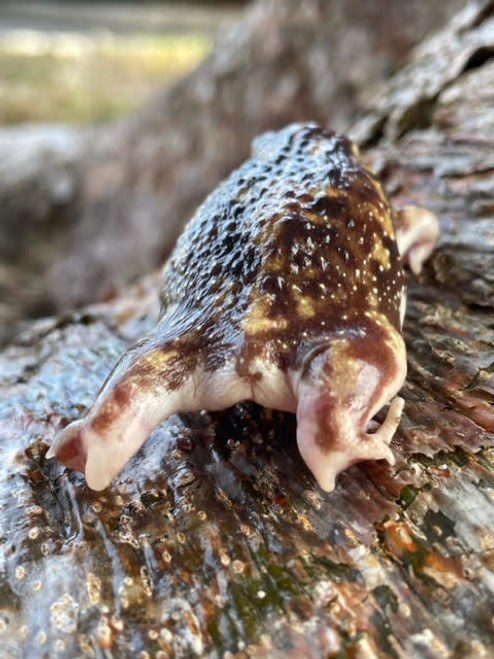Looking For Rain Frog for Sale? Discover Your Perfect Amphibian Buddy Below!
Looking For Rain Frog for Sale? Discover Your Perfect Amphibian Buddy Below!
Blog Article
The Most Effective Reptile Enclosures: Exactly How to Create the Ideal Environment
Developing the best habitat for reptiles is not almost positioning them in a storage tank or room; it includes a thoughtful factor to consider of various variables that add to their total wellness. From the dimension of the room to the sort of substratum made use of, every element plays an important function in providing an atmosphere where your reptile can thrive. By comprehending the details needs of your reptile species and executing the best habitat arrangement, you can guarantee their health and joy in bondage.
Selecting the Right Enclosure Dimension
When picking a room size for reptiles, it is important to consider their all-natural habits and room requirements to guarantee their health and health. When it comes to environment area, various reptile varieties have varying demands. Arboreal types like chameleons or tree serpents need vertical room for perching and climbing up, while earthbound species such as bearded dragons or leopard geckos need even more floor room for discovering and thermoregulation. Marine turtles like red-eared sliders demand rooms with both water and land areas for swimming and basking.
A general policy of thumb is to give enough room for the reptile to show natural actions, such as basking, concealing, climbing up, and foraging. By thoroughly taking into consideration the specific requirements of the reptile species in question, proprietors can produce an appropriate and enriching environment that advertises general well-being and urges natural behaviors.
Establishing Correct Burner
To make sure the health and wellness of reptiles in their units, it is important to carefully establish up correct burner. Reptiles are ectothermic creatures, meaning they depend on outside warm resources to manage their body temperature. When establishing burner in a reptile unit, it is vital to take into consideration the specific temperature level demands of the varieties you are caring for. Various reptiles have varying temperature requires based upon their natural environment, so it is essential to research study and comprehend these demands.
One common and effective home heating component for reptile rooms is a heat light or ceramic warm emitter. These warmth resources can be used to create a temperature level slope within the room, allowing reptiles to move between warmer and cooler locations as needed. In addition, under-tank hot pad or heat floor coverings can be utilized to supply tummy warmth, which is especially useful for reptiles that require added heat to aid in digestion.
Keeping track of the temperature level within the room making use of a thermostat is necessary to guarantee that the home heating aspects are keeping the appropriate temperature level range for your reptile. On a regular basis check and adjust the home heating components as required to develop a comfortable and healthy and balanced environment for your flaky good friend.
Picking Appropriate Lighting Components

Giving the Suitable Substrate
Picking the proper substratum is crucial for producing a comfy and appropriate environment for reptiles in their units. Some reptiles, such as desert-dwelling varieties like bearded dragons, flourish on substrates like calcium sand or reptile carpeting, while others, like ball pythons, choose coconut husk or aspen bed linen to maintain humidity levels.
Additionally, the size of the reptile should additionally influence your option of substratum, as hatchlings may call for a better material to stop ingestion. Stay clear of substratums that can create impaction, such as loosened substratums like sand or gravel, especially for reptiles known to ingest their bed linens. Consistently cleansing and replacing the substratum is essential to make certain a sanitary and clean setting for your reptile. By picking the suitable substrate, you can add to the general health and wellness and wellness of your flaky friend.
Decorating for Enrichment and Comfort
Thinking about the substratum's function in giving go to this website a structure for all-natural behaviors and keeping an appropriate setting, improving the reptile unit with correct decors is important for both enrichment and convenience. When enhancing the enclosure, it is necessary to take into consideration the reptile's species-specific requirements and actions to create an area that advertises physical and mental well-being. By incorporating a variety of designs that resemble the reptile's all-natural habitat, proprietors can ensure their family pet's comfort and promote their all-natural reactions, ultimately leading to a better and much healthier reptile.
Verdict

Creating the perfect habitat for reptiles is not simply concerning putting them in a tank or room; it involves a thoughtful consideration of various aspects that contribute to their general health.Selecting the proper substratum is vital for creating a comfortable and suitable environment for reptiles in their units. Some reptiles, such as desert-dwelling varieties like bearded dragons, prosper on substrates like calcium sand or reptile carpeting, while others, like round pythons, prefer coconut husk or aspen bedding to keep moisture levels.
By including a selection of decorations that imitate the reptile's natural habitat, owners can ensure their pet's comfort and boost their natural instincts, inevitably leading to a better and much healthier reptile.
In final thought, developing the perfect habitat for reptiles visit their website involves selecting the proper enclosure dimension, heating components, lighting fixtures, substrate, and decors.
Report this page